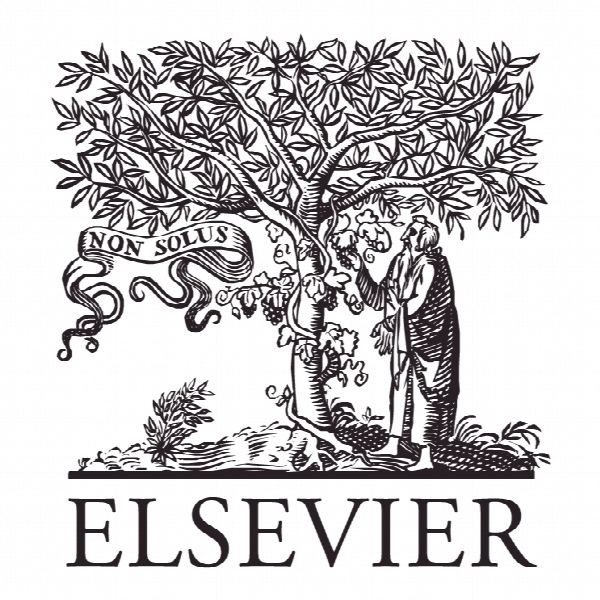یک مبدل dc-dc تک سوئیچ جدید با قابلیت افزایش ولتاژ بالا برای سیستم های تولید انرژی مبتنی بر PV خورشیدی A novel single switch dc-dc converter with high voltage gain capability for solar PV based power generation systems
- نوع فایل : کتاب
- زبان : انگلیسی
- ناشر : Elsevier
- چاپ و سال / کشور: 2018
توضیحات
رشته های مرتبط مهندسی برق، مهندسی انرژی
گرایش های مرتبط مهندسی الکترونیک، الکترونیک قدرت، انرژی های تجدیدپذیر
مجله انرژی خورشیدی – Solar Energy
دانشگاه School of Electrical Engineering – VIT Chennai – India
شناسه دیجیتال – doi https://doi.org/10.1016/j.solener.2018.06.081
منتشر شده در نشریه الزویر
کلمات کلیدی انگلیسی Solar PV, Non-isolated, dc-dc converter, High voltage gain
گرایش های مرتبط مهندسی الکترونیک، الکترونیک قدرت، انرژی های تجدیدپذیر
مجله انرژی خورشیدی – Solar Energy
دانشگاه School of Electrical Engineering – VIT Chennai – India
شناسه دیجیتال – doi https://doi.org/10.1016/j.solener.2018.06.081
منتشر شده در نشریه الزویر
کلمات کلیدی انگلیسی Solar PV, Non-isolated, dc-dc converter, High voltage gain
Description
1. Introduction In recent years, distributed power generation using renewable energy sources has received greater attention due to the rapid exhaustion of fossil fuels and increased emission of greenhouse gases (Jacobson and Delucchi, 2011). Solar energy is one of the promising and clean renewable energy resources for electric power generation (Bennett et al., 2012). However, the output from solar panel is low and many panels have to be connected in series-parallel combination (Singh and Banerjee, 2015). The voltage available from the different series-parallel combination of solar PV cell is of the order of 20–60 V (Rajesh and Carolin Mabel, 2015). Hence, a suitable power converter is required to interface the PV panels with the load (Shuhui et al., 2011). In many applications like solar based generation system, comparatively high voltage is achieved by dc-dc boost derived converter (Forouzesh et al., 2017; Li and He, 2011) as shown in Fig. 1. Isolated dc-dc converters are not preferable solution for high voltage gain applications like, solar based power generation system due the problems like saturation in high frequency transformer core, low efficiency, bulk in size etc (Gonzalez et al., 2007; Fathabadi, 2016; Kima et al., 2010). However, conventional non-isolated dc-dc boost converter suffers from the problem of high voltage stresses on switch and reverse recovery problem of diodes during high duty ratio operations in order to achieve high voltage gain. The problems of isolated converter topologies can easily be overcome in non-isolated topologies (Meneses et al., 2013; Sivakumar et al., 2016; Li and He, 2011). Many non-isolated high gain dc-dc converter topologies which use different combinations of voltage lifting techniques for PV application are discussed (Revathi and Prabhakar, 2016; Taghvaee et al., 2013). One of the simple methods to achieve high voltage gain is cascaded technology. But cascaded boost converter suffers from the problems of high voltage stress on second stage switch and diode, reverse recovery issue and instability (Vighetti et al., 2012). Quadratic boost converters and their derivatives also provide higher voltage gain at the expense of extreme duty ratios (D > 0.8), diode reverse recovery problems and associated higher power losses (Divya Navamani et al., 2017; Zhang et al., 2015). The concept using multilevel is introduced to achieve high voltage gain (Zhang et al., 2013). No of levels in multilevel boost converter is limited due to high switching loss, poor voltage regulation, high voltage and high current stress on switch. Voltage multiplier cell technology offers high voltage gain (Al-Saffar and Ismail, 2015; Nouri et al., 2013). Unfortunately, the power handling capability reduces when voltage gain is more than 10 (Tseng et al., 2013; Tseng and Huang, 2014). Coupled inductor based topologies also offer high voltage gain (Chen et al., 2012; He and Liao, 2015). However, leakage inductance causes serious problems like resonance and EMI in the power circuit. At times, voltage lifting techniques like, voltage multiplier cells, switched capacitor cells etc. are also integrated with coupled inductor based topologies to achieve high voltage gain (Ye et al., 2017).


